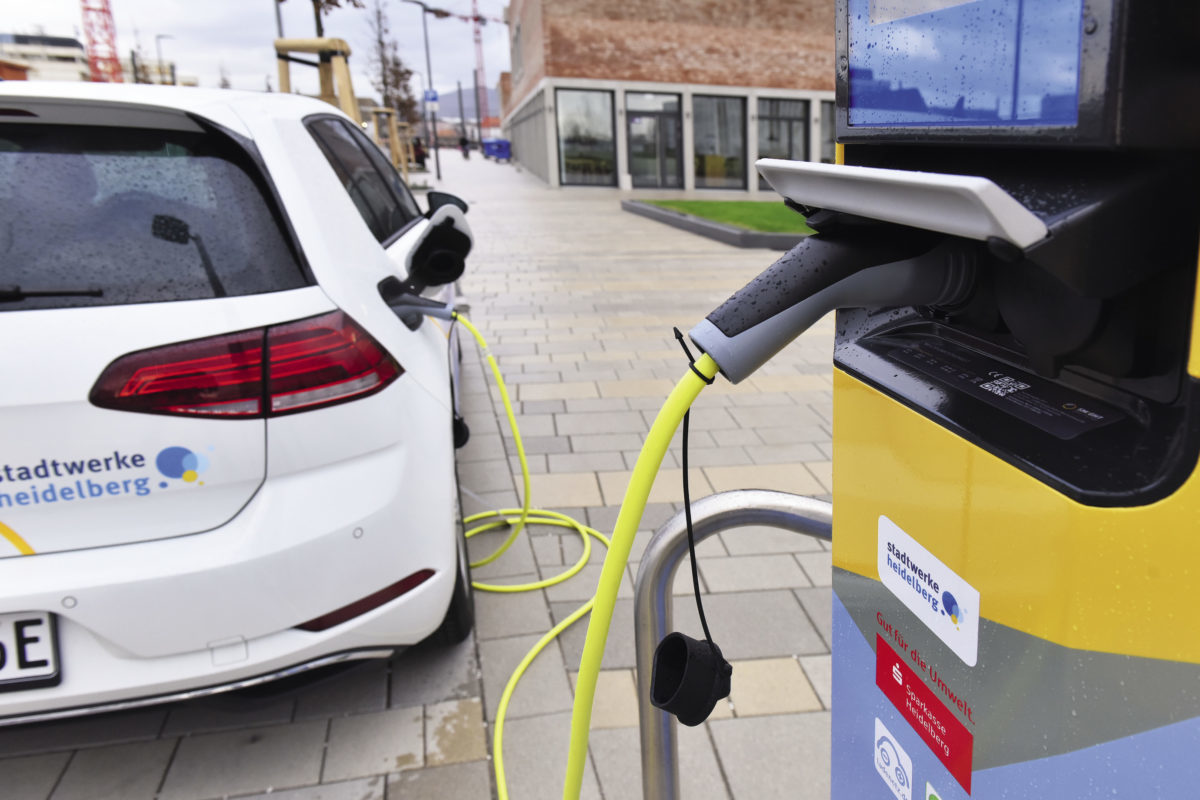The electric vehicle (EV) market in India has gained significant momentum after the implementation of the FAME India [Faster Adoption and Manufacturing of (Hybrid &) Electric Vehicles in India] scheme—according to a report by India Energy Storage Alliance (IESA).
The IESA report states that India’s total EV sales in 2018 hit 365,920 units and will grow annually at 36% till 2026 with support from the government to achieve the targets defined under the FAME II scheme and National Electric Mobility Mission Plan 2020.
Policies such as banning the sales of internal combustion engine (ICE)-powered two-wheelers and three-wheelers in highly polluted cities, scrapping of old vehicles and stringent emission norms will further drive the EV sales.
State governments will also facilitate EV deployment at an accelerated pace to achieve the targets defined under their EV policies.
The report estimates the country’s EV battery market at US$ 520 million in 2018 and forecasts it to grow annually at 30% till 2026. The total MWh addition in 2018 hit 4.75 GWh and will grow to 28 GWh by 2026.
The public charging infrastructure market was worth around US$ 520 billion in 2018, which is forecasted to grow much faster at a CAGR of 60% till 2026. The total charger sales will grow to 50,000 units by 2026 from less than a thousand units in 2018.
The IESA report covers the present scenario and forecast of EVs and the public charging infrastructure market in the country. It presents an in-depth analysis of EV battery value chain by EV segment, detailed state EV policy analysis, and competitive analysis of EVs and EV battery suppliers.
Incentives under FAME II
The second phase of FAME India Scheme, which is for a period of three years commencing from April 1, 2019, provides a total budgetary support of Rs10,000 crore.
This phase mainly focuses on supporting electrification of public and shared transportation, and aims to support (through incentives) about 7000 e-buses, 5 lakh electric three-wheelers, 55,000 electric four-wheeler passenger cars and 10 lakh electric two-wheelers. In addition, creation of charging infrastructure will be supported to address range anxiety among users of electric vehicles.
Incentives are being provided to the consumers on purchase of electric vehicles, used for public transport or those registered for commercial purposes in electric three-wheeler and four-wheeler (including Strong Hybrid) segments.
This content is protected by copyright and may not be reused. If you want to cooperate with us and would like to reuse some of our content, please contact: editors@pv-magazine.com.









1 comment
By submitting this form you agree to pv magazine using your data for the purposes of publishing your comment.
Your personal data will only be disclosed or otherwise transmitted to third parties for the purposes of spam filtering or if this is necessary for technical maintenance of the website. Any other transfer to third parties will not take place unless this is justified on the basis of applicable data protection regulations or if pv magazine is legally obliged to do so.
You may revoke this consent at any time with effect for the future, in which case your personal data will be deleted immediately. Otherwise, your data will be deleted if pv magazine has processed your request or the purpose of data storage is fulfilled.
Further information on data privacy can be found in our Data Protection Policy.